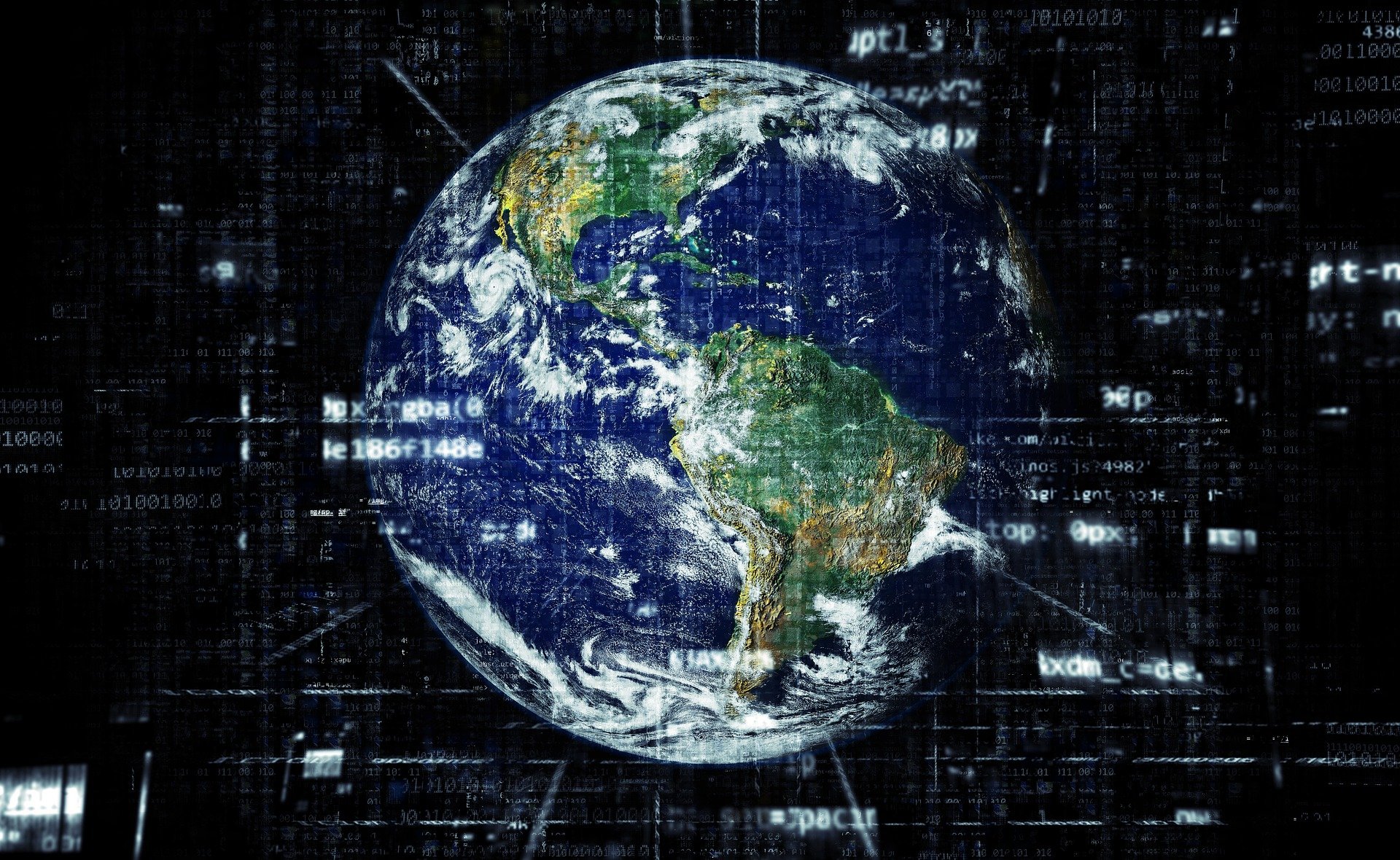Narendra Modi has big money behind him as he appears set to win a third term as India’s prime minister. His party has collected more political cash than the others combined, and the country’s richest business leaders support him.
The campaign is fueled partly by a winning story Mr. Modi tells about India’s economy, some of which can be traced to changes made during his decade in office. He has also benefited from geopolitical currents that have made India more attractive to global financiers. Here are five factors that are essential to understanding India’s economy. Elections will start on April 19 and conclude June 4.
India is big and getting bigger.
India, the world’s largest population, has been poor for centuries on a per person basis. But its economy has developed an undeniable momentum in the past three decades and is now worth $3.7 trillion. Size like that has its advantages: Even one percentage point of growth is monumental.
“Fastest-growing major economy” has become India’s signature in the past few years. In 2022 India became the fifth-largest economy — stepping over Britain. Even if it continues to grow at a relatively modest pace, it should overtake Germany and Japan to become the third-largest economy around 2030, behind only China and the United States.
The “India growth story,” as local businesspeople call it, is attracting a surge of excitement from investors, especially overseas. Under Mr. Modi, Indians are becoming more hopeful about their country’s economic future. As the economy gets bigger, even smaller rates of growth pile on huge sums of wealth.
Thank you for your patience while we verify access. If you are in Reader mode please exit and log into your Times account, or subscribe for all of The Times.
Thank you for your patience while we verify access.
Already a subscriber? Log in.
Want all of The Times? Subscribe.

